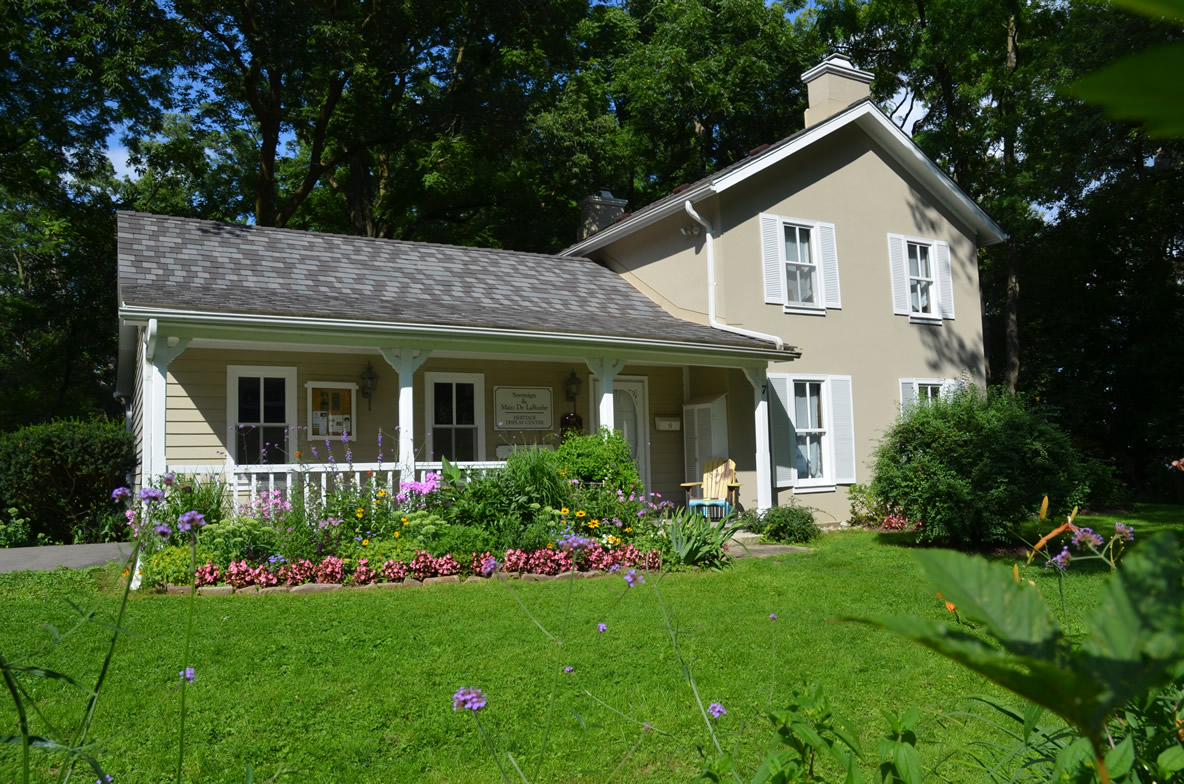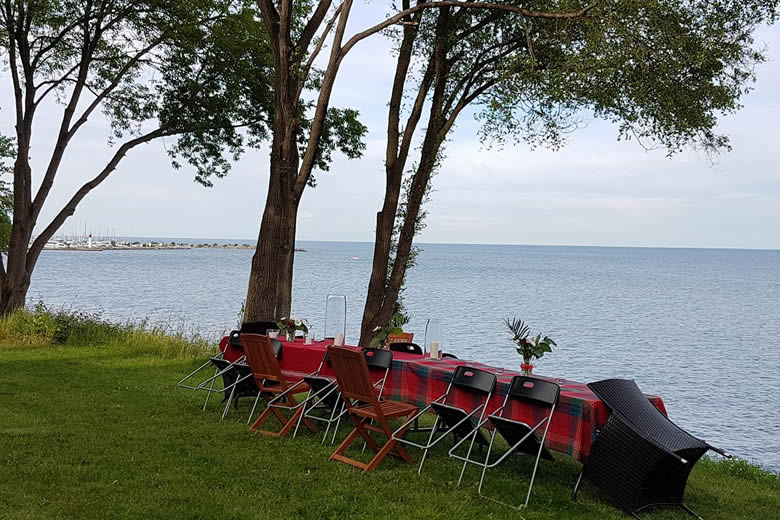Bronte History
On early maps and charts, Bronte Creek was officially the Twelve Mile Creek, being twelve miles from what was deemed the head of Lake Ontario. When the Crown negotiated with the Indigenous people for the land from Burlington Bay to the mouth of the Etobicoke Creek, they left the areas around the mouths of the three Creeks including the Twelve (Bronte) and the Sixteen (Oakville) as Indigenous reserves. About 12 years later, the Indigenous people gave up their rights in return for the promise of houses near the Credit River mouth. In 1826 the lands on either side of the creek were first auctioned off in two large parcels, but their purchasers, unlike William Chisholm at the Sixteen Mile, did not develop them. The lands on either side of the mouth of the creek were surveyed in 1834 and a townsite laid out. There were six ranges of lots with the smaller lots near the waterfront and larger lots farther inland. The northern boundary followed the Concession line, which is now Rebecca Street. The other boundaries were named East Street and West Street, as they remain today.

Welcome To
Bronte Historical Society

For more than 30 years, the Society has managed Sovereign House as a display centre on behalf of the Town of Oakville. During the summer months, volunteers welcome visitors to the historic Sovereign House. Visitors enjoy a self-guided tour of the restored rooms filled with artifacts, photographs, archival documents, and memorabilia.
Sovereign House
The society holds member gatherings, art shows, and other special events at Sovereign House throughout the year. Researchers can request access to the Society’s resources and receive assistance with their interest in Bronte, it’s history and the people who settled here.


